We’ve begun another bustling year in the world of music and tech; especially so where the two collide. New faces are joining the business and old familiars have pushed forward to new heights. One of those many familiars is the memory-fueled, ‘music postcard’ app, SoundTracking, on which we’ve kept a close watch for quite some time; reporting as recently as this past October.
Steadily working to become an established app rather than a newcomer, SoundTracking has been active since March of 2011 and gained the accolades of many; only a few of which include Apple, for “Best iPhone Music App of 2011,” as well as SoundCtrl’s own 2011 FlashFWD Awards, receiving our “Best in Mobile” title. During the short time span between then and now, SoundTracking has covered a lot of improvement ground, making several moves to expand access and tighten its services with numerous updates. The newest of these changes rolled out yesterday for the iOS; including modifications that span from integral performance improvements to game changing feature additions and a freshly designed user interface that alters users’ frontline experiences with the app.
SoundTracking has touched upon a range of socialization elements that round out the app well as both an organizer and memory-maker. Here is a general run down of the new features:
- Embracing of the photos and visual memories that accompany the songs in people’s lives: New profile and post personalization via Like/Love emoticons and inclusion of customized cover images and image-focused content feeds.
- Emphasis on the value of connecting with other music lovers: This is done in the app with tagging and outside of the app by seeing who and what is “Trending Nearby.”
- Widened ability to share: Twitter Card integration lets Twitter users see and hear the musical moments users post, embedded in the tweets themselves and with Facebook, songs posted can be viewed and liked by others.
- Faster discovery: Songs are streamlined to users faster in SoundTracking’s “Search” and users are better streamlined to each other, through instant “Fan Recommendation,” pointing out individuals who like a user’s favorite songs.
Steve Jang, CEO of Schematic Labs, the company that produced SoundTracking, offered to share some of his thoughts about the app’s latest transformation and ideas for what he hopes the business can come to achieve going forward.
SoundCtrl: This newest iOS incarnation seems to show the app having integrated relatable forms of appealing features from many of the web’s general social media players: Artist verification badges, cover images and friend tagging, just to name a few. Do you feel this sets you truly apart in the app market, having a “bit of everybody” to offer –particularly when you are pushed as a music-centric service?
Steve Jang: We observed people using SoundTracking in different ways over the last year. Some of the most prevalent actions we saw were [users] trying to tag people in their music moments, to either dedicate songs or say, “I’m listening to this song with X and Y.” Some other behavior and feedback [we observed] was the popularity of following the musical tastes of higher-profile users such as DJs, bands and hip-hop artists using SoundTracking, [as well as] the desire to have a more customizable and personalized music identity and profile.
We want to help people naturally and authentically create their music timeline on SoundTracking as they serendipitously discover and listen to music and create a music identity for themselves. As with any online social identity, visual representation, like a profile avatar or a cover image/theme, is important, just like an album cover is important to a band in their personal expression to fans. One thing that we’ve implemented in our new Music Profiles is a personal music timeline and two filtered feeds showing your most popular music moments and your favorite music moments shared by other people. All of this gives a more holistic and implicit way of understanding more about someone and getting a sense of their music personality.
Rather than worrying about what other apps are doing, we really tried to watch organic behavior among our music fan community and develop easier, more fun and powerful ways to let them share, discover and interact with each other. It’s pretty common to hear people say that “music is inherently social” but there is a lot of truth to that and our goal is to provide an exciting music community designed for authentic expression and discovery.
SoundCtrl: Since SoundTracking has such a multi-faceted interface, is that one of the reasons you have also decided to alter its primary design to one of a more visual and expressive nature –to keep with this trend in the app? After all, music at its core is an auditory experience –more so at least than a visual one.
Jang: We moved in a more visual direction after studying how our community was actually using the service. People were sharing personal photos, album covers, and captions that expressed that specific music moment and why it was important. We wanted to give people an easy and aesthetically beautiful way to share and browse music moments inside of SoundTracking. Audio is at the core of music but the other elements in a SoundTracking post such as a photo, user caption and location add more context and meaning to why the song was shared by that person. Music moments are made up of songs, emotions, people, and places. By having the ability to include a photo to serve as sort of an “album cover” and play button to someone’s song gives people a more expressive way to share emotions and activities through a song, as opposed to a cookie-cutter chrome player with little other information or media attached.
SoundCtrl: Would you ever consider partnering with more non-music based businesses for cross promotional purposes, given the potential for widespread and frequent use of the new “Trending Nearby” feature? Places where people listen to music sometimes have other amenities of life around (e.g. restaurants or shops) and with Foursquare already incorporated, these kinds of places could push things like nearby concerts, as well as themselves, to enhance a person’s memory making experience.
Jang: We’ve seen some local businesses start using the app and sharing what music they are playing inside their hotel, bar, store, or cafe. Music curation is storytelling through songs. Businesses that want to either communicate their tastes or certain ethos to customers can certainly share a [particular] personality to the world and tell a unique story to people.
Over half of our users share their exact venue location, neighborhood or city with every music moment. Moving forward, there’s a real opportunity to offer people real-time insights into which bars, stores and clubs play music they like. I often remember the music that a retail store will play and either appreciate or be turned off by what they’ve got on their speakers.
Local entertainment has a real opportunity to reach people through this type of data and social interaction as well. Apps like Foursquare and WillCall have done a great job of telling people where their friends are and what shows they are going to. [In] WillCall’s case, [this means] letting [users] see a curated feed of shows for which they can buy tickets. SoundTracking can give great signal data to services like these and let people receive higher quality recommendations and offers based upon musical taste and location.
Also interesting to us is the mapping of music trends and seeing how tastes change and differ between not only cities, but even neighborhoods. We recently released a top songs and artists list of 2012 by San Francisco, LA, and New York. There were key differences in these city lists. Another difference you can see is the difference in music between neighborhoods like the East Village and Upper East Side in NY or The Mission District and Marina in San Francisco. It would be great one day, to walk down a street and listen to a soundtrack of the combined music of all the people that have lived, worked and hung out there and see the pictures, places and emotions that have taken place.
SoundCtrl: That would really be great –almost like having a musical history book! We’ll see how things come to unfold. All of us at SoundCtrl wish you continued success!
Kira is an old school music nerd with a love for all things creative; always searching for music’s common ground. She graduated with an M.A. in Performing Arts Administration from New York University. Drop her a tweet @shadowmelody1

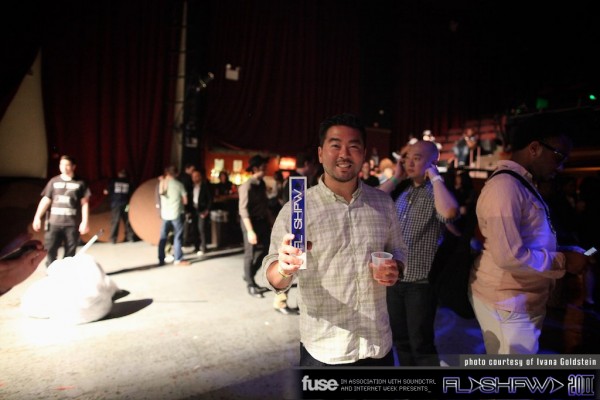
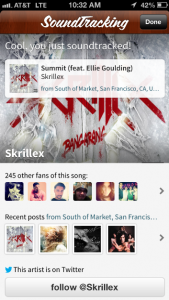
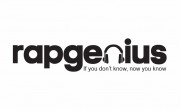
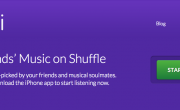
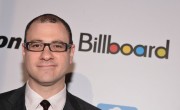





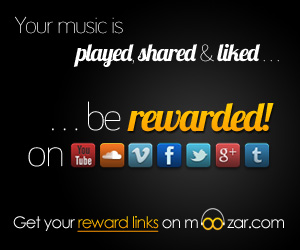






Comments are closed.